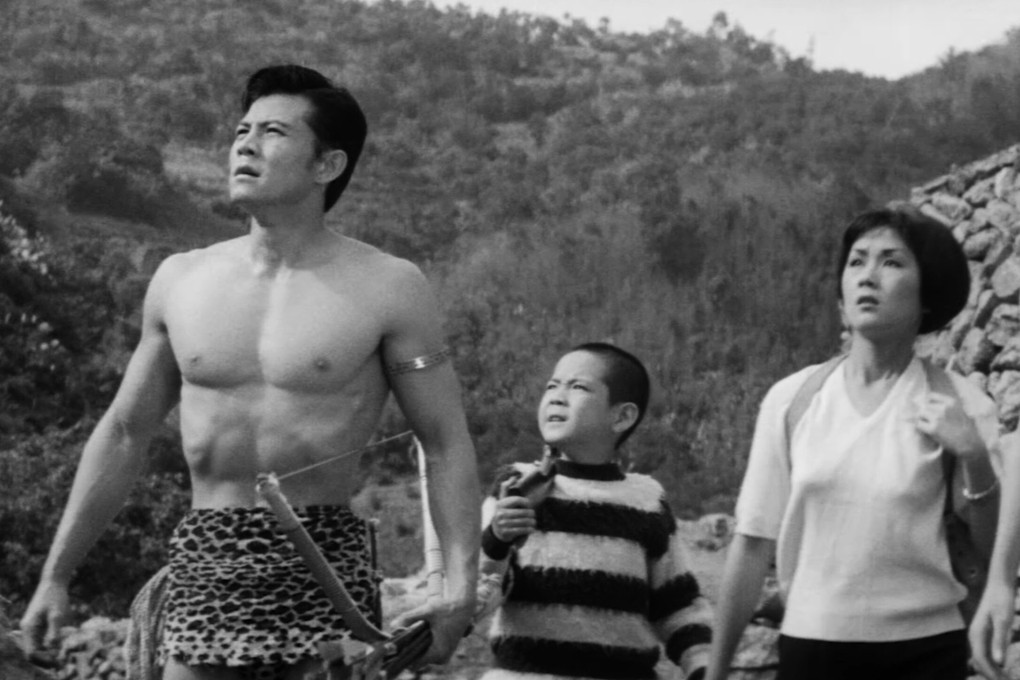The Projector | Can cinema stop Taiwan’s cultural diversity from disappearing?
- The Taiwan Film Institute’s efforts to restore classics are a much needed shot in the arm for the island’s local cultures

In 1973, Taiwanese writer Huang Chun-ming signed up with a state-owned television channel to direct episodes of Fragrant Formosa, a documentary series on the island’s cultural diversity. Travelling through the countryside on his motorcycle, Huang examined the rituals practised by people in far-flung communities. Among them was a religious pageant held near Taichung in which believers would carry a statue of a sea goddess from one coastal village to another over eight days.
With cameraman Chang Chao-tang, Huang shot the event on 16mm film and delivered a 25-minute piece titled The Homecoming Pilgrimage of Dajia Mazu. The short drew a rapturous response from the public when it premiered on TV in 1975, with critics praising both its poetic quality and its significance as a snapshot of traditional Taiwanese culture at a time when the island was undergoing rapid social and economic changes.
Amidthe acclaim, however, there was one issue that loomed large. Huang’s narration was in Taiwanese, the language spoken by the people he had filmed. But this ran foul of the then state-stipulated policy that allowed only Mandarin to be aired on TV, a regulation designed to marginalise the native vernaculars and the cultural identities they represent. Huang’s voice-over was duly removed and replaced by one in Mandarin.
More than four decades later, as part of its Digital Restoration Project, the Taiwan Film and Audiovisual Institute decided to revive the short as envisioned by Huang and the original soundtrack was restored.
Now available for free streaming (until June 16) on the institute’s YouTube channel, The Homecoming Pilgrimage is a showcase of the organisation’s capability in delivering state-of-the-art restorations of the treasured relics in its vaults. More importantly, it also highlights the institute’s work in celebrating the many languages and cultures that fell foul of the authoritarian Mandarin-only policies in force in Taiwan from 1945 to 1987.

